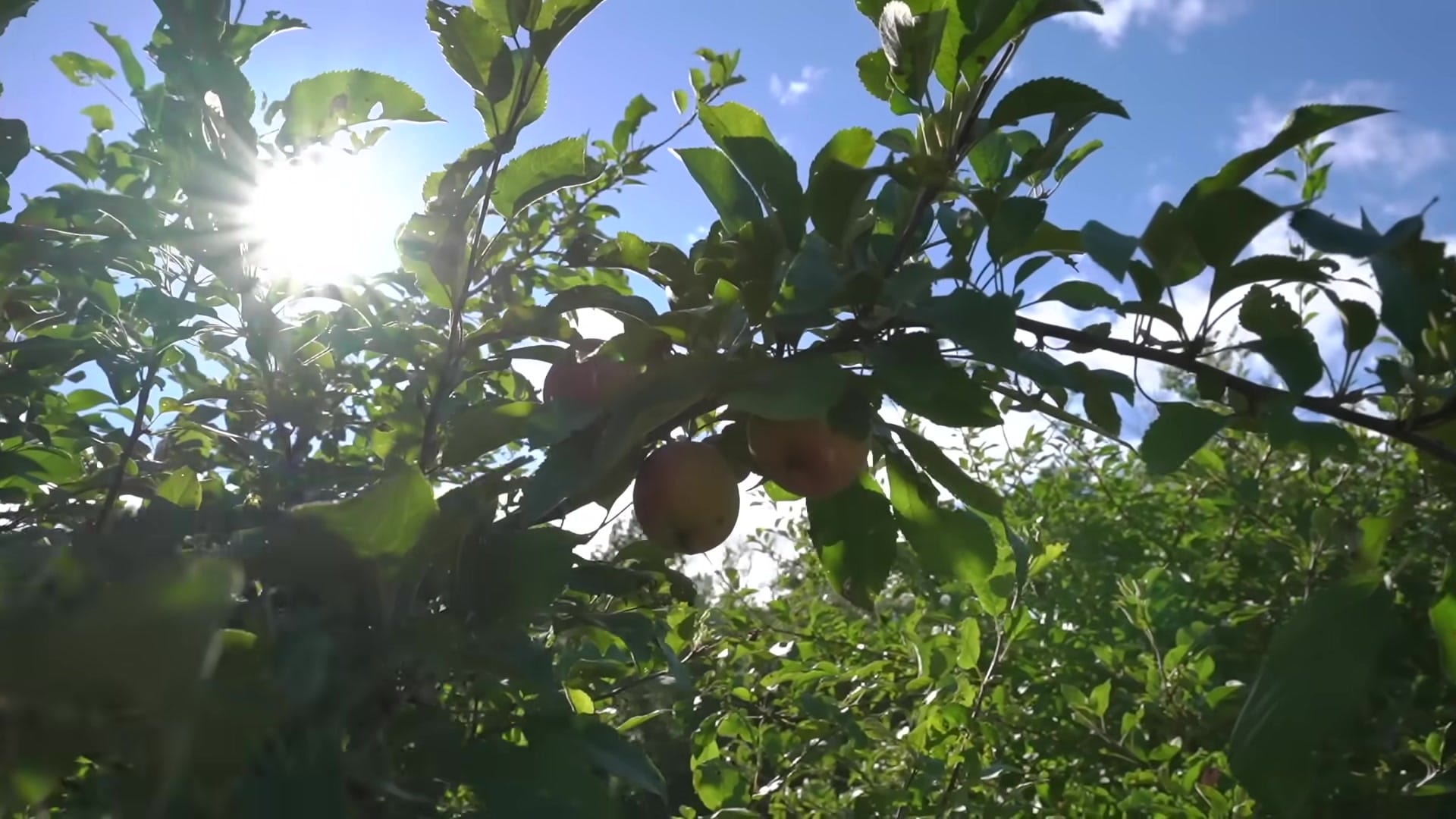Built from Salvage — 14 Years Living Off-Grid in a Self-Built Cabin
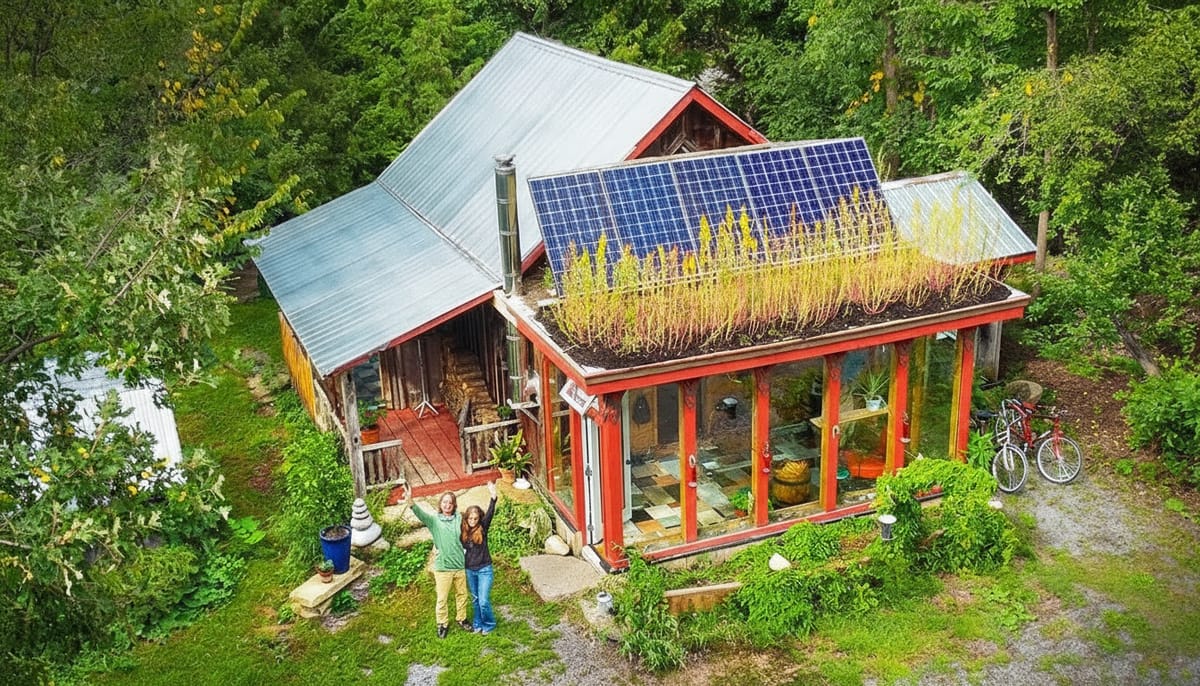
Tiny crew. Tiny budget. Massive payoff in independence and food.
Starting from Nothing — The Build, Salvage & Early Years
Built from reclaimed barn boards and free finds, the place started under candlelight.
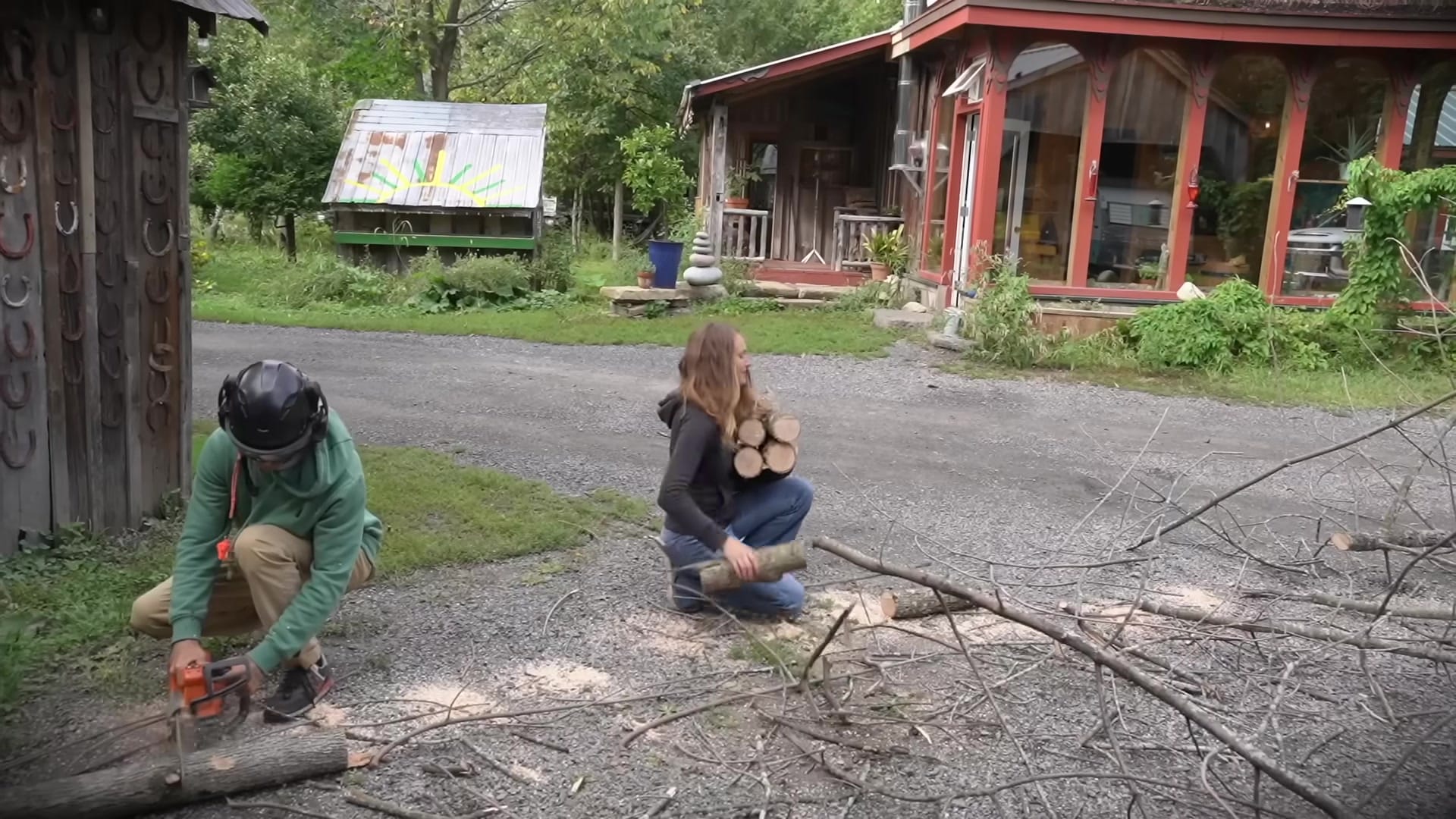
The build cost was shockingly low — roughly five thousand dollars including tools.
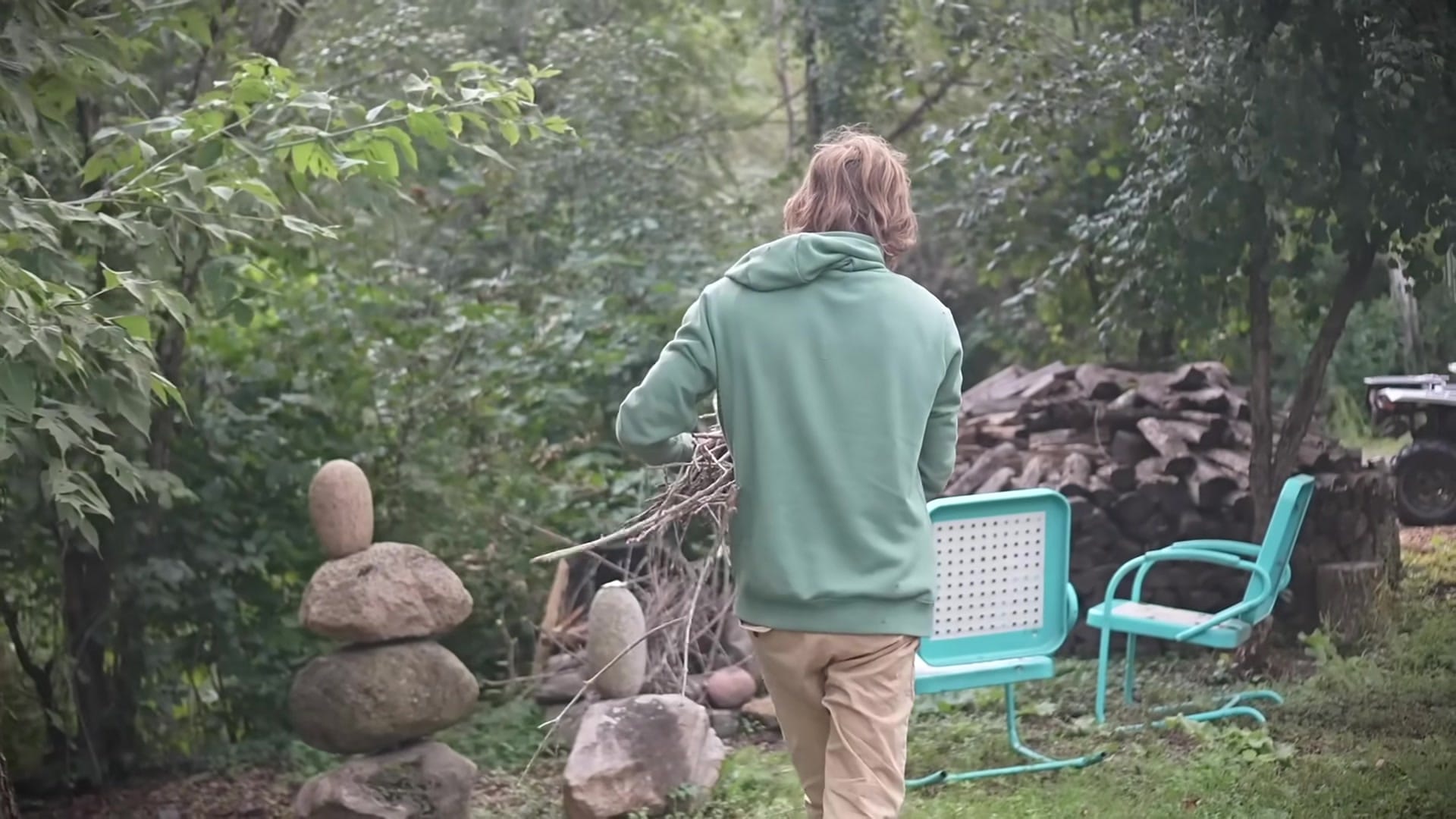
The plot came as shared land and community mattered as much as materials.
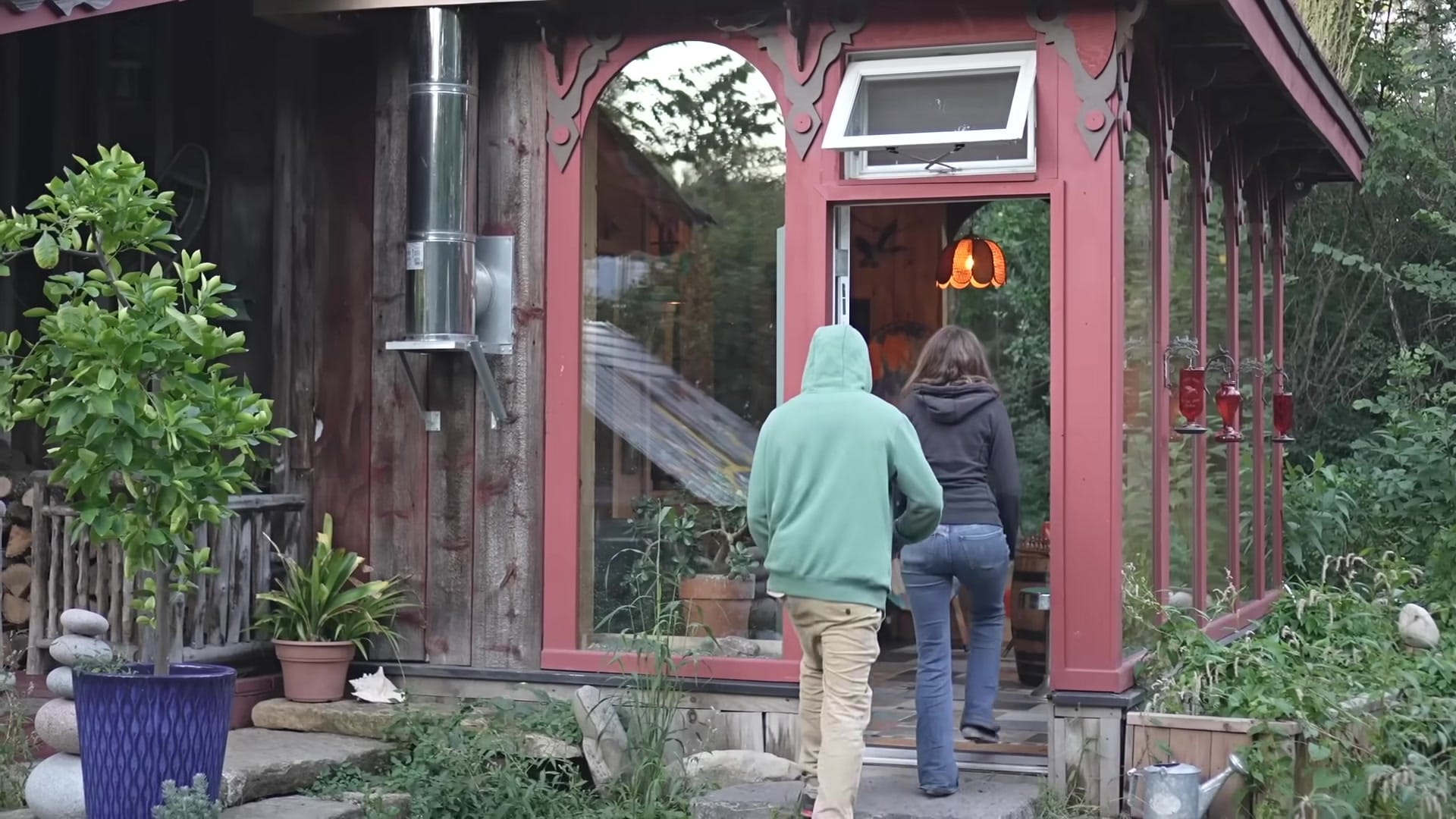
The very first structure was an outhouse with a tiny attached workshop, the real launchpad for everything that followed.
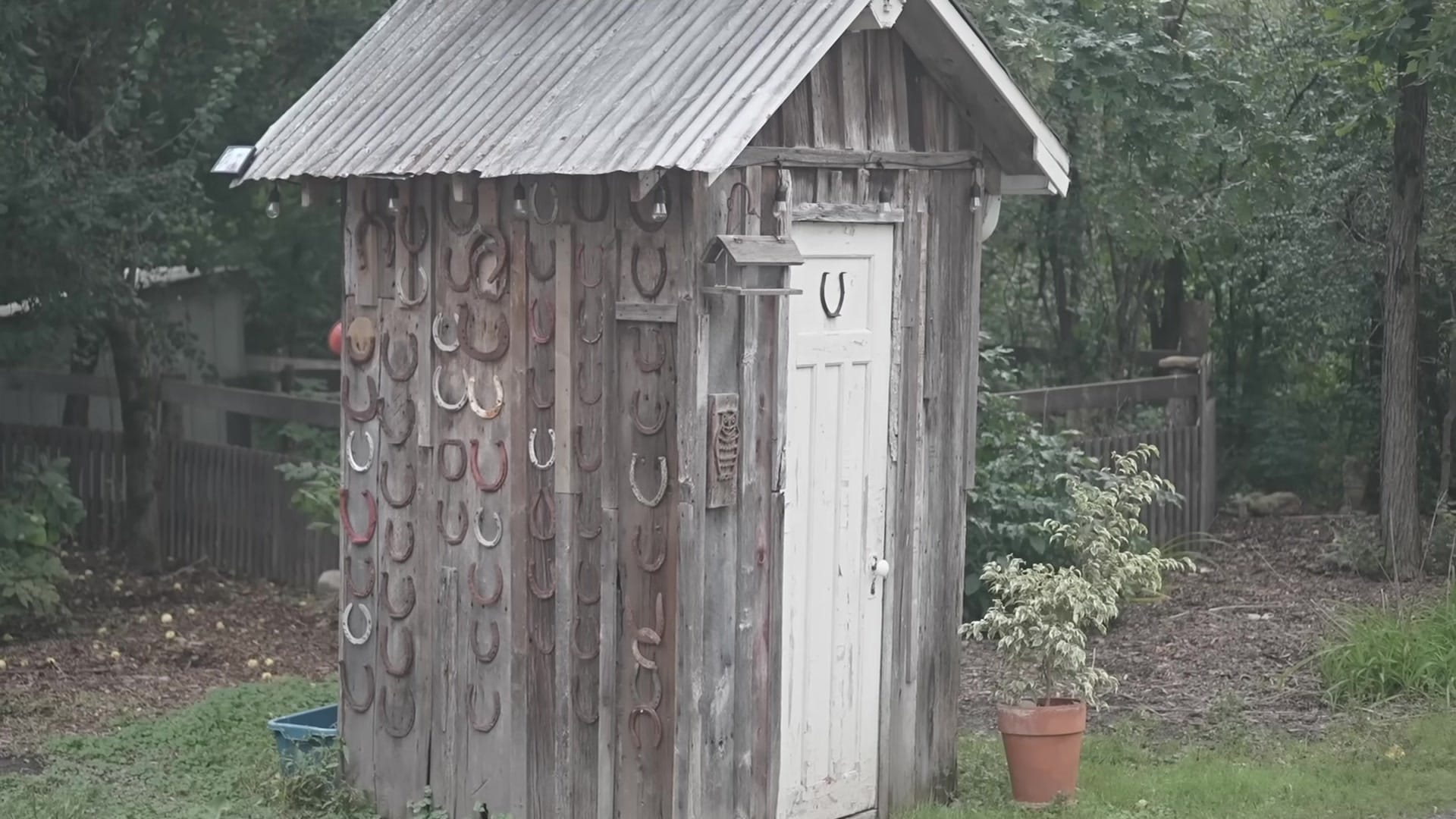
Electricity & Power — Solar, Batteries, and Backup
First came a single panel and a marine deep-cycle battery — enough to replace candles with lights.
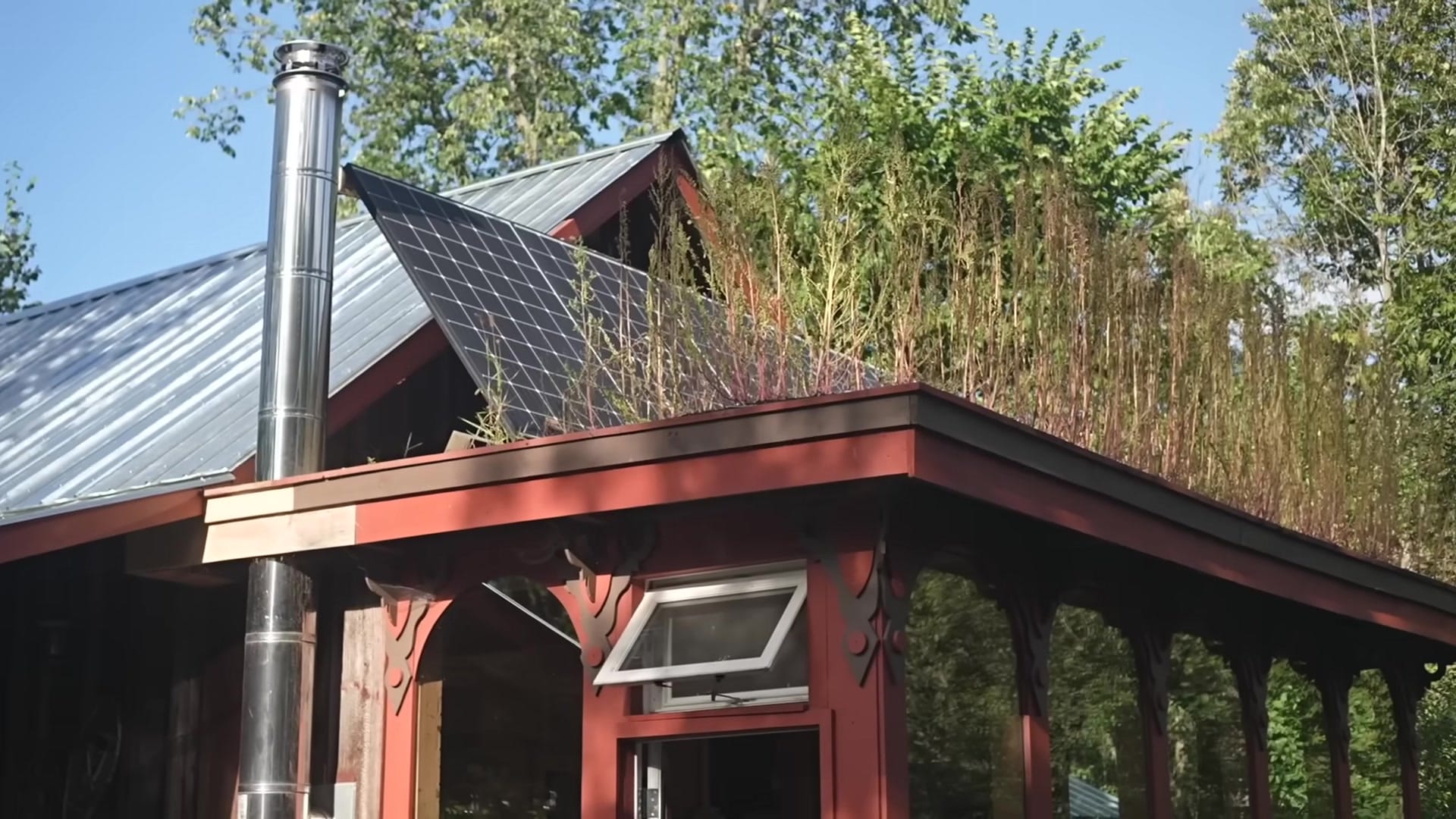
Then they scaled: more panels, an Outback charge controller, and a switch from lead-acid to lithium.
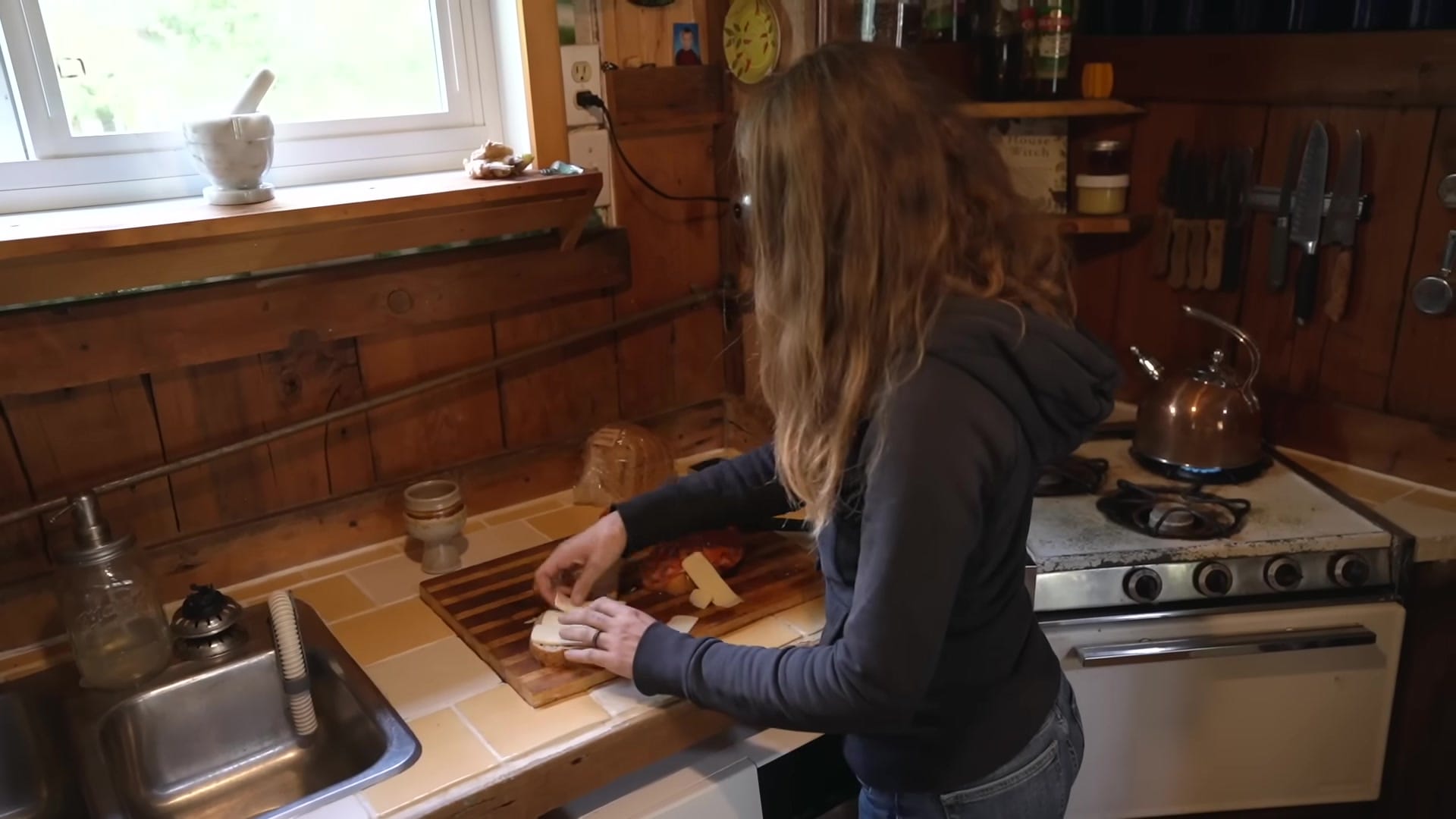
Five 320-watt panels now live on the roof for steady daytime harvests.
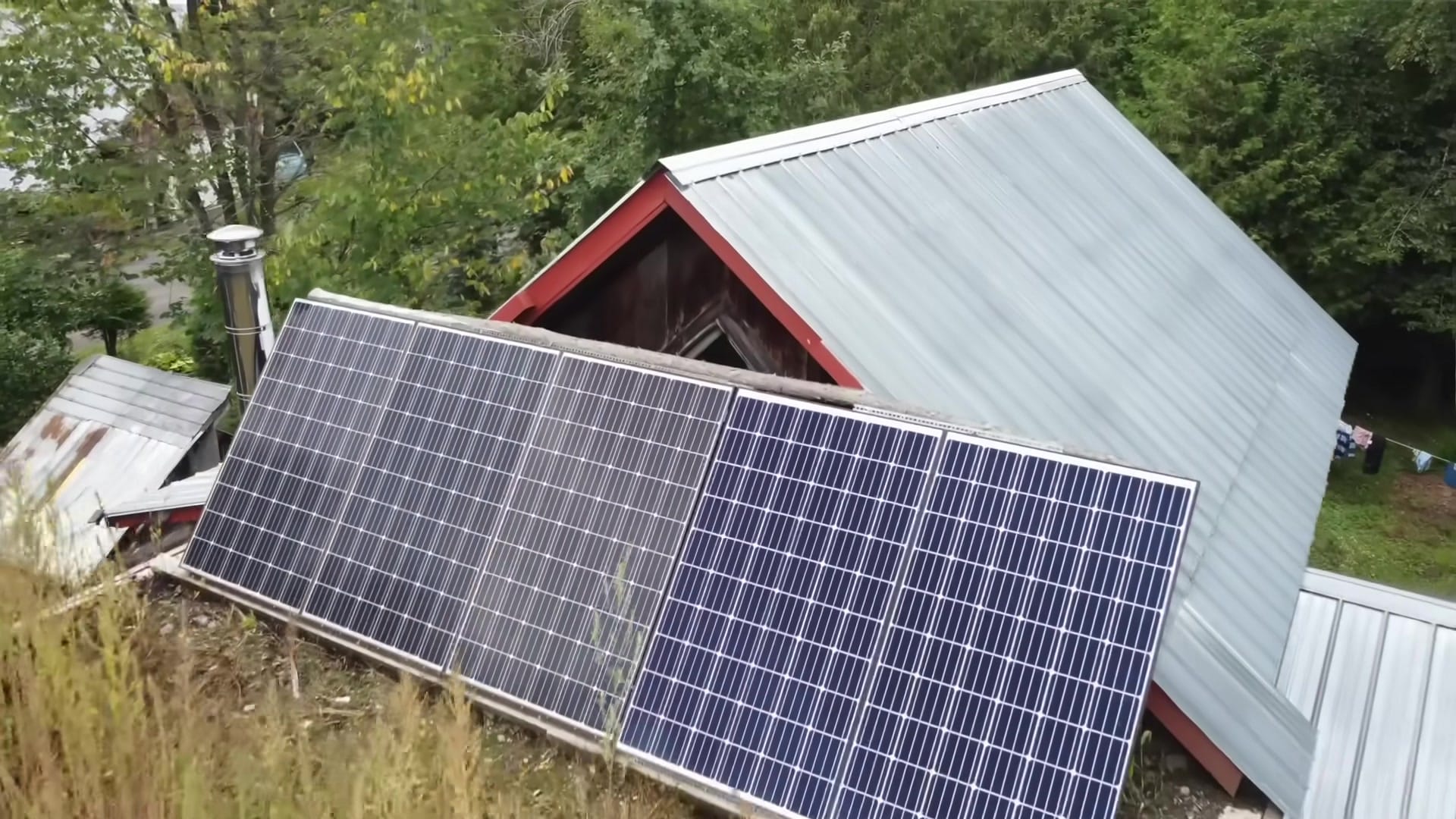
A quiet 3,000-watt Honda generator fills the gaps in gloomy winter months.
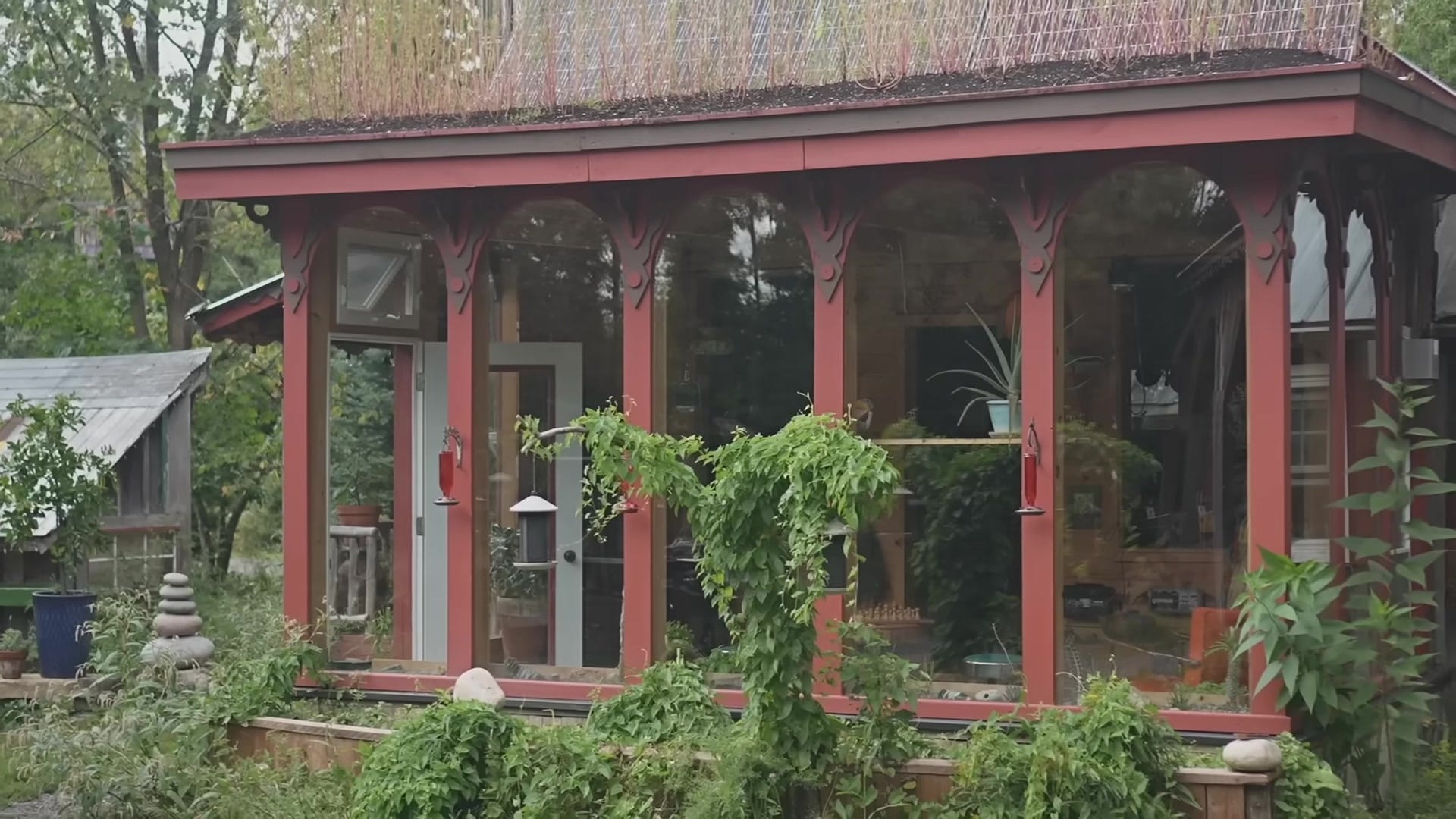
Heat & Cooking — Wood Stove, Cookstove, and Propane Backup
A new cookstove replaced the tiny wood stove and became the home's heart for heat and cooking.
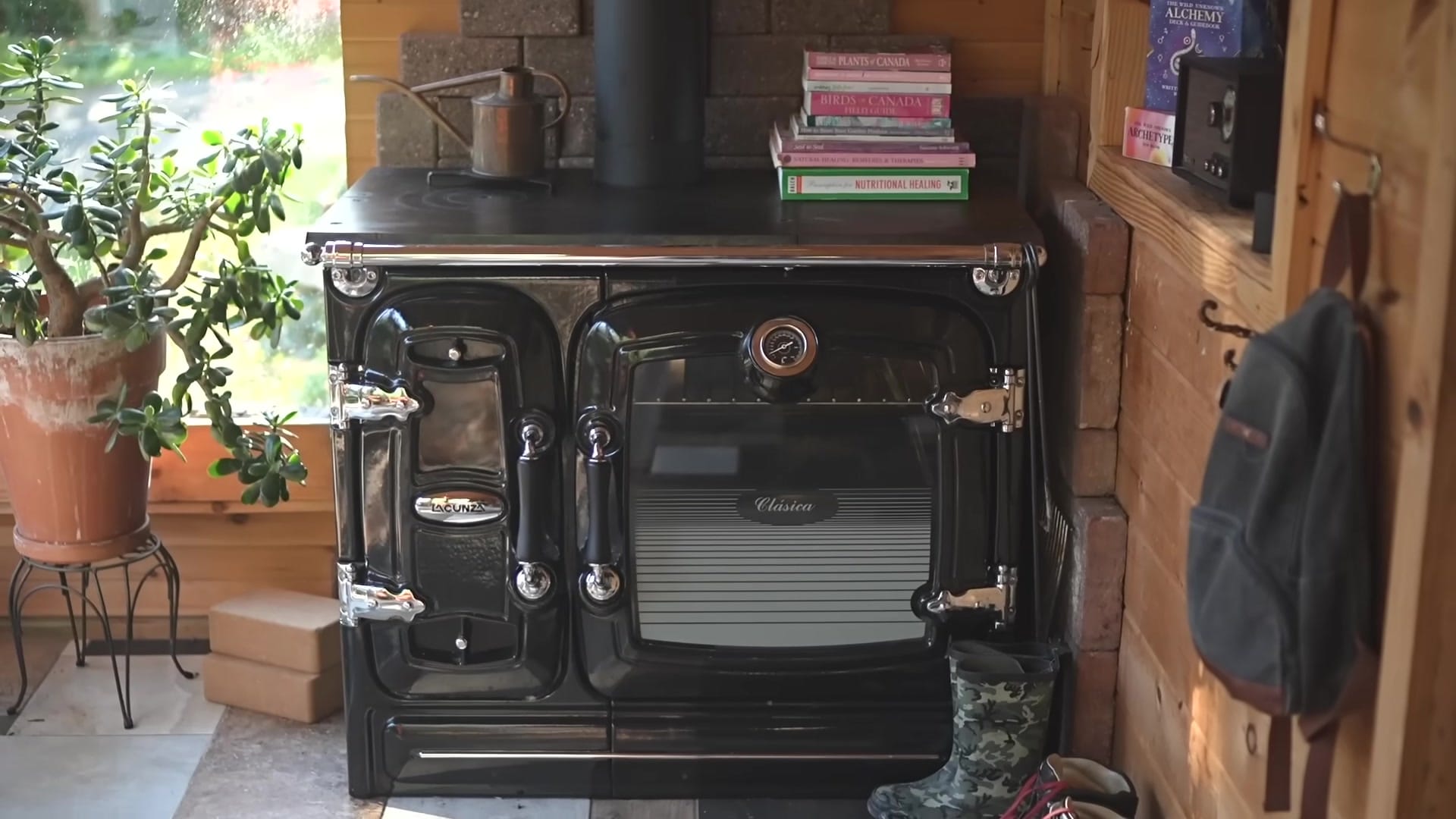
That main wood fire still gives a satisfying, hands-on way to warm the house and cook meals.
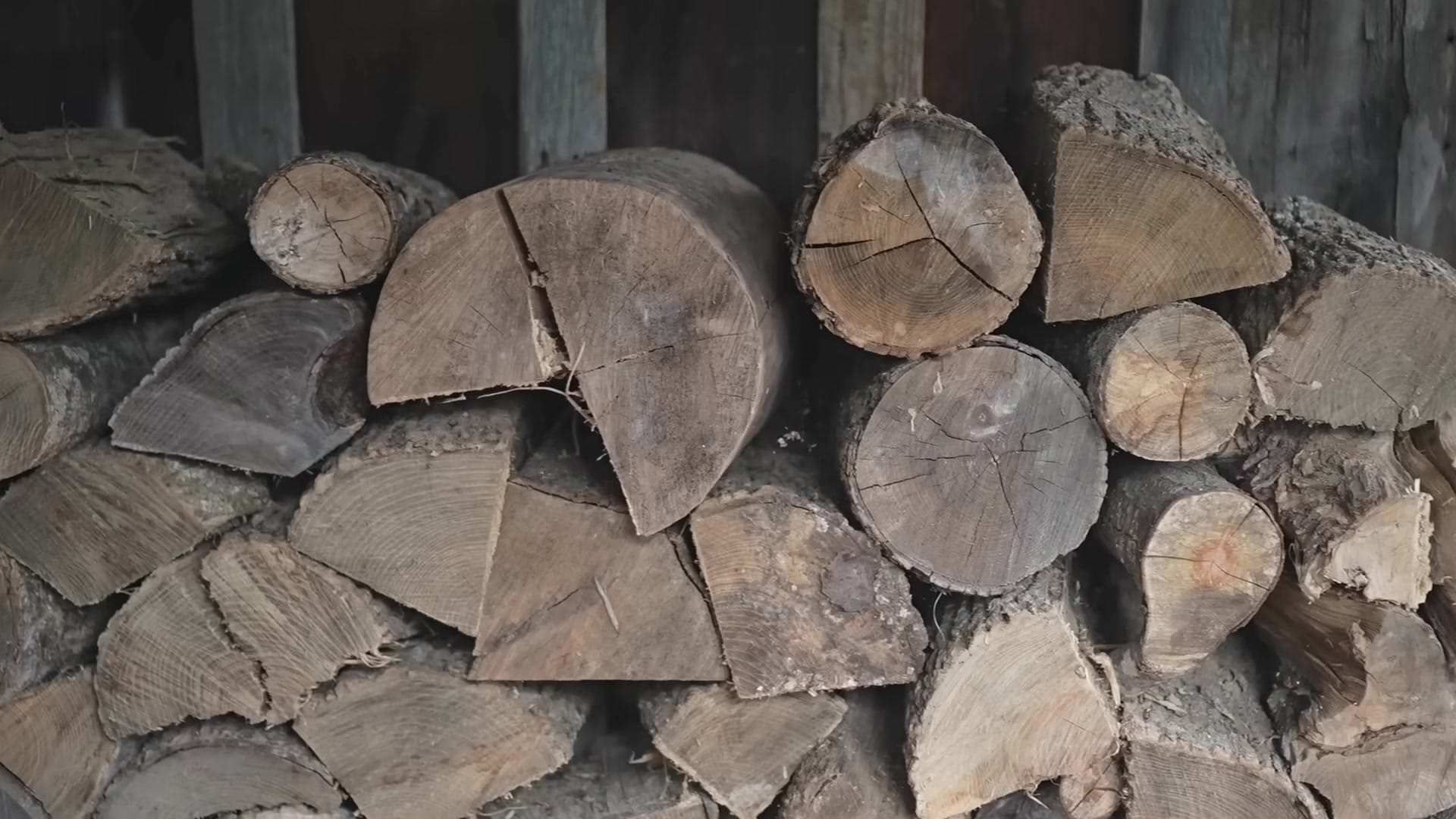
Cutting wood is the day job, so firewood logistics and supply never feel separate from life here.
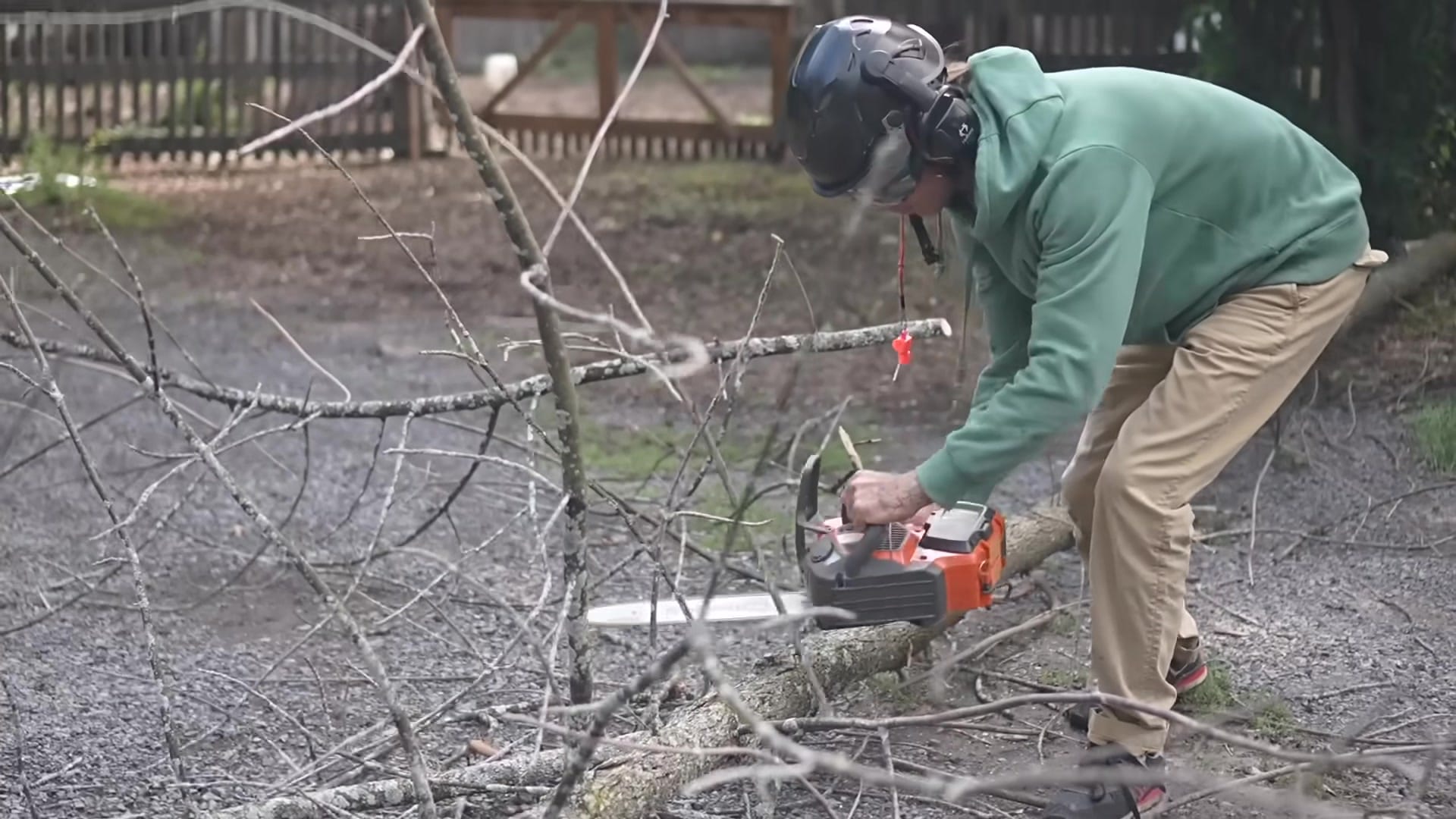
For sleepy nights and small kids, a propane stove with a thermostat brings real convenience — no midnight stoking required.
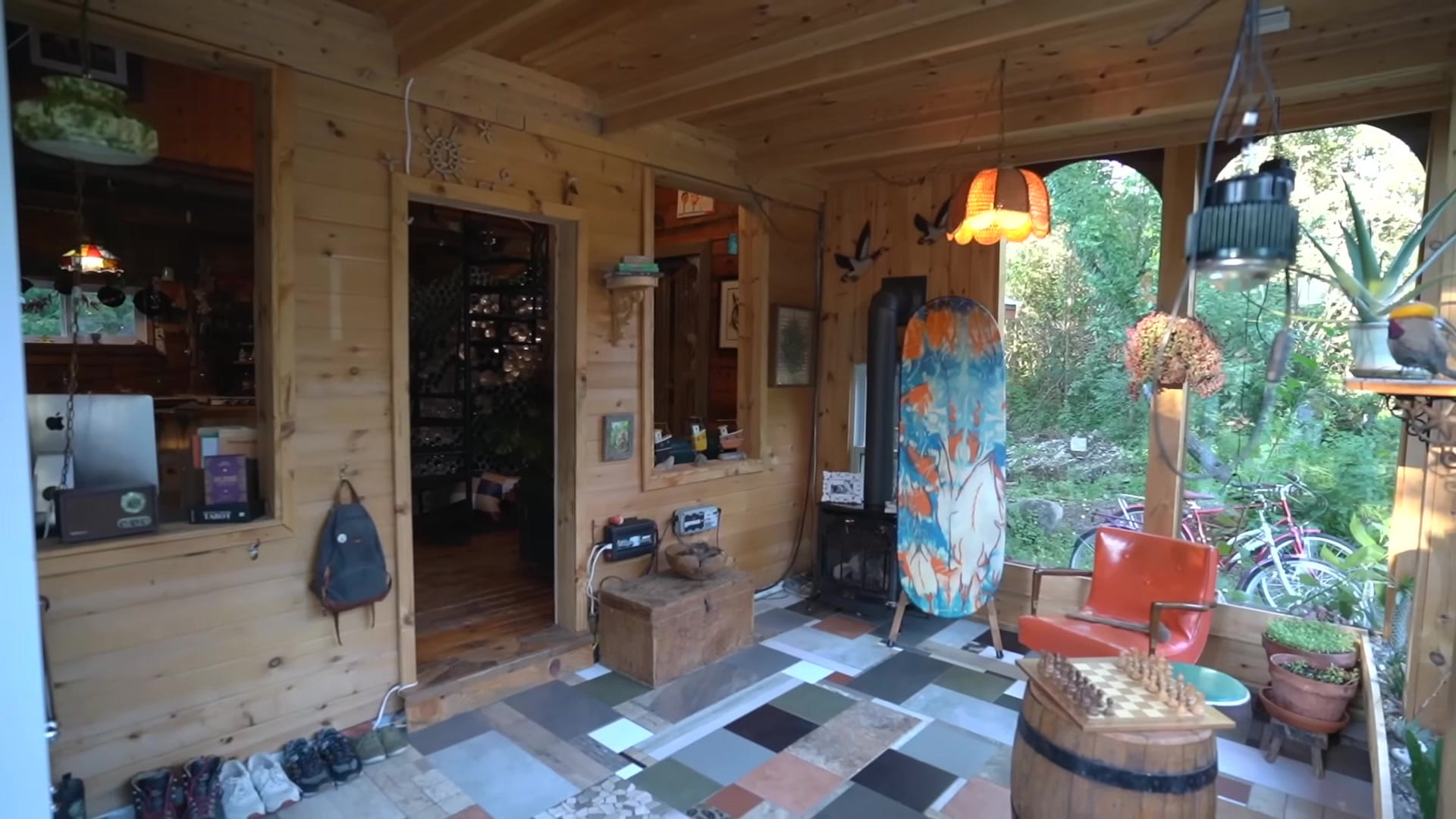
Water & Waste — Quarry Pump, Loft Reservoir, and Airhead Toilet
Washing and bathing water comes from a quarry, pumped up to a loft reservoir with a Honda pump.
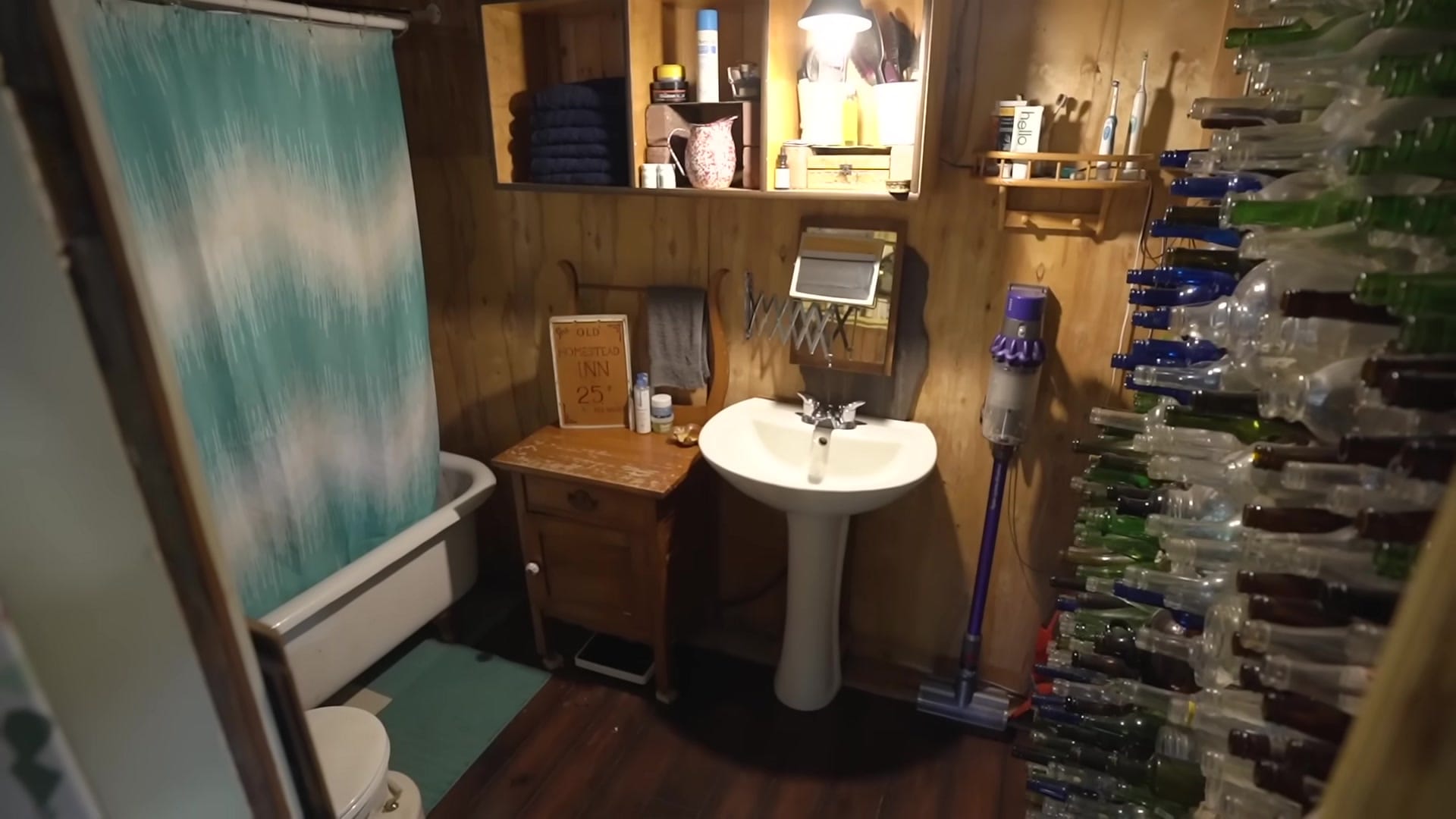
That reservoir sits high so water is gravity-fed into the kitchen and bathroom, keeping pipes safer in winter.
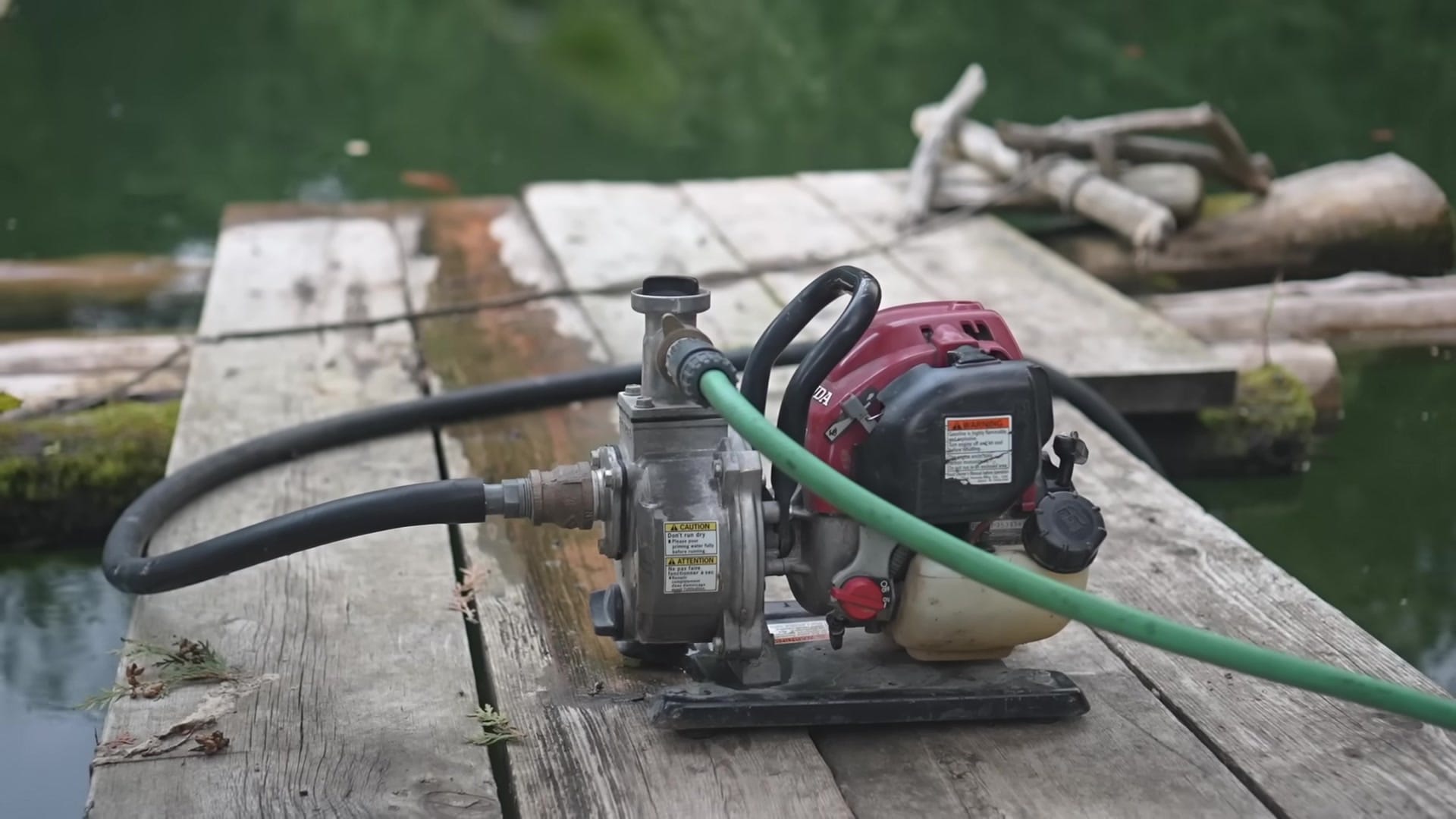
Hot water used to mean heating buckets on the woodstove; now there’s a propane on-demand heater for showers.
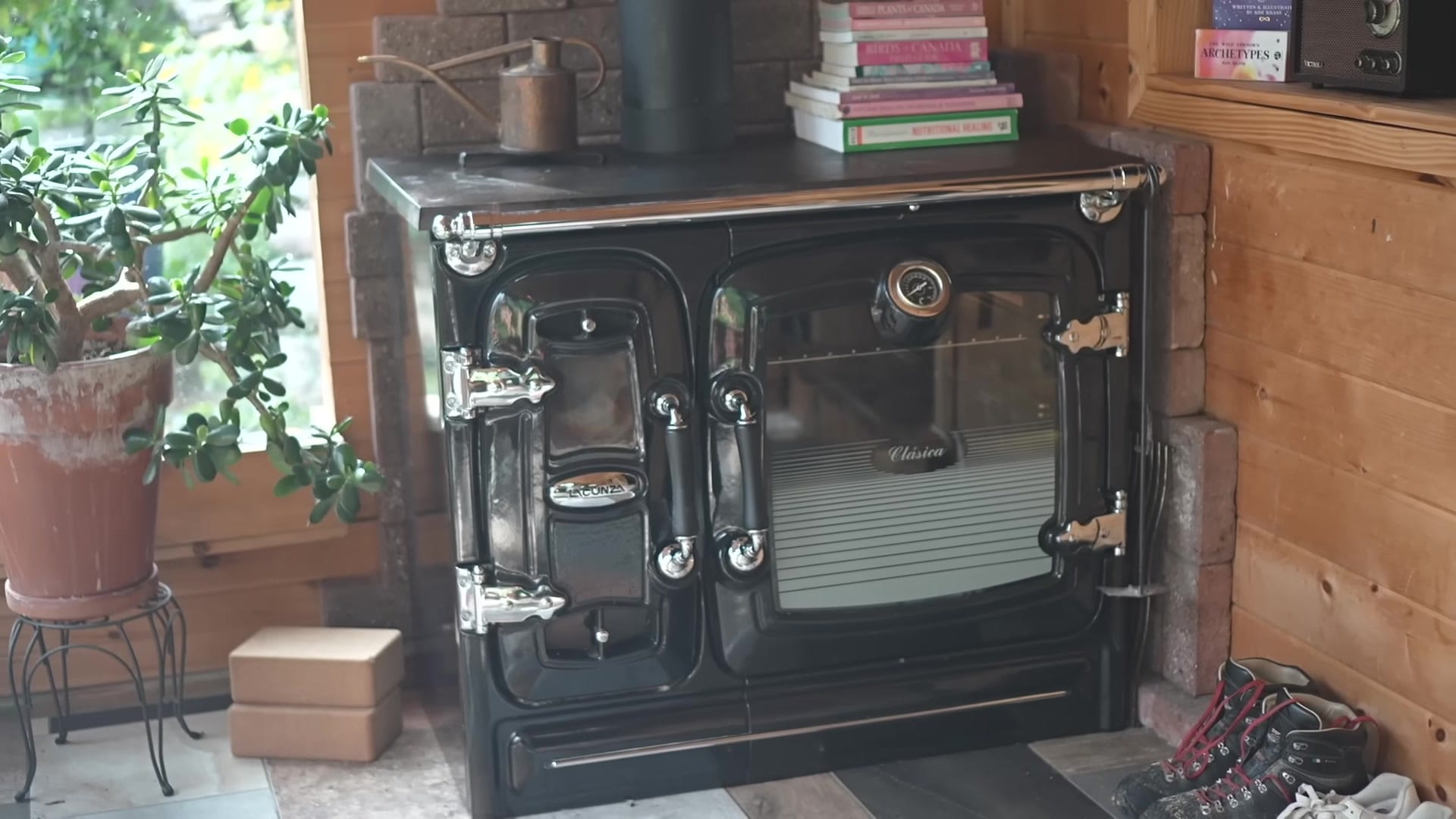
Drinking water runs from a property well, and waste is handled with an Airhead composting toilet — peat moss and rotation keep things tidy.
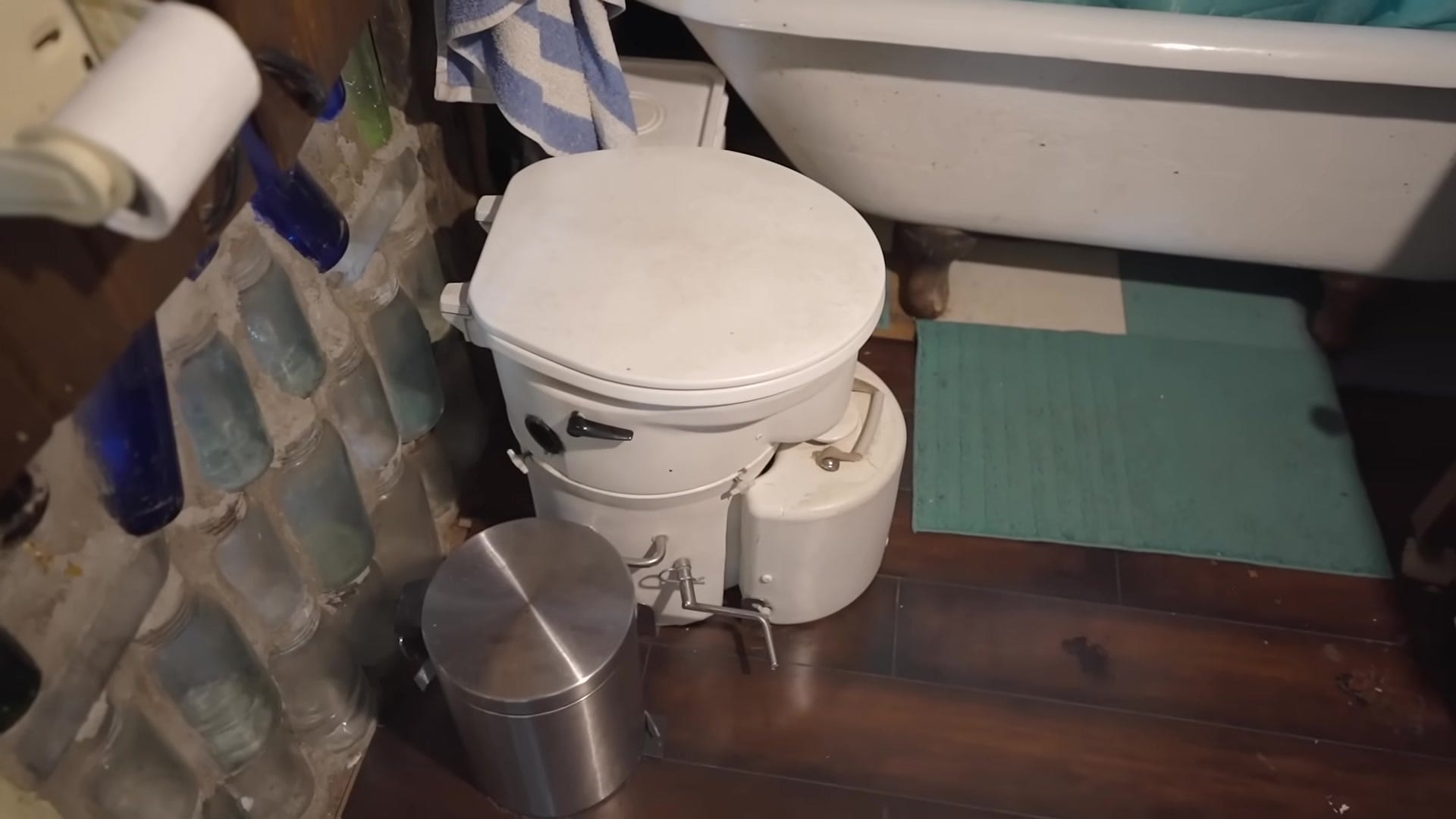
Living Spaces & Light — Loft, Bottle Wall Bathroom, and Sunroom
A sunroom was added to capture passive solar heat and to turn winter light into growing space.
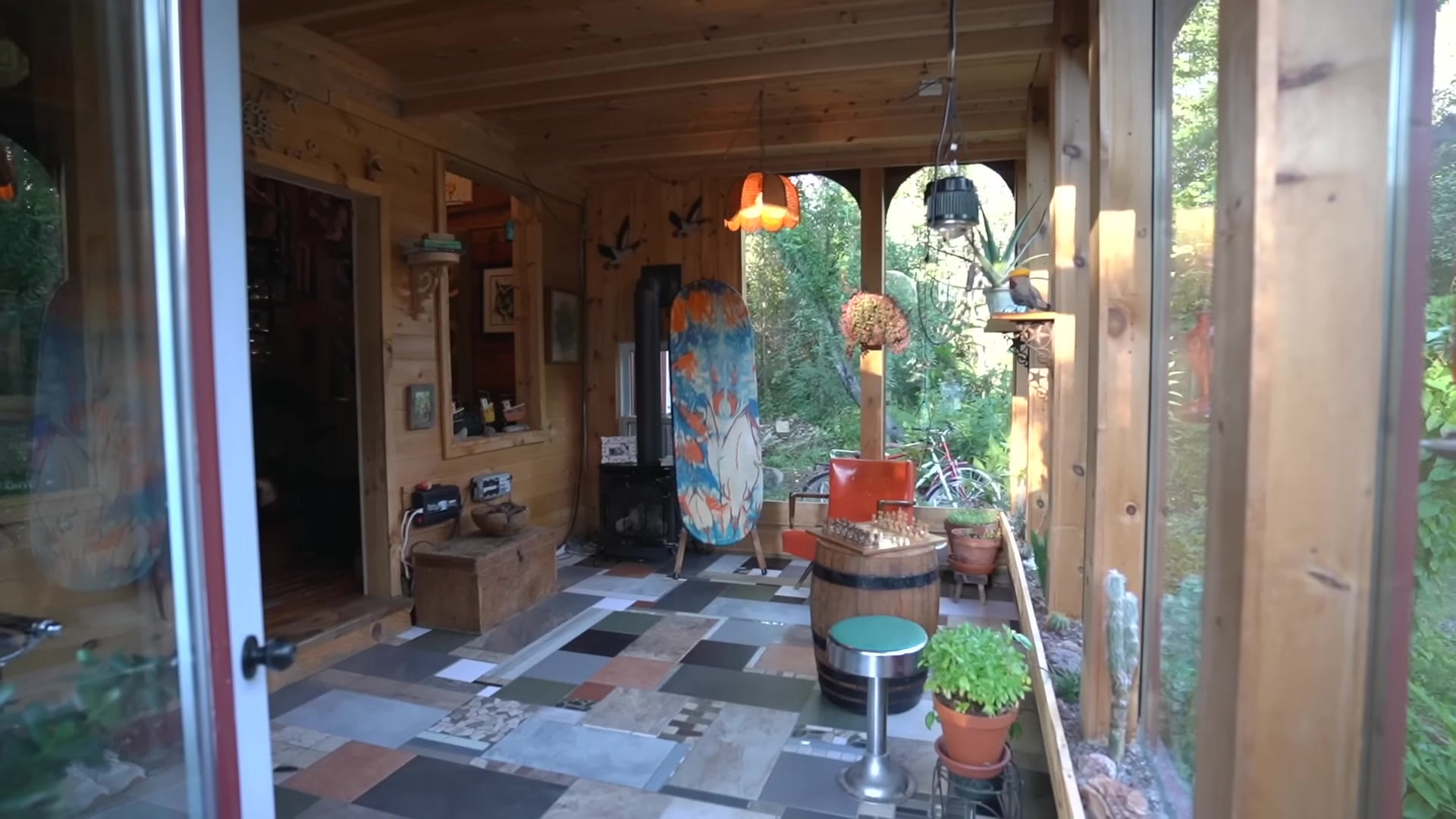
The design lets summer sun skim past and winter sun pour across the cabin for real seasonal thermal gain.
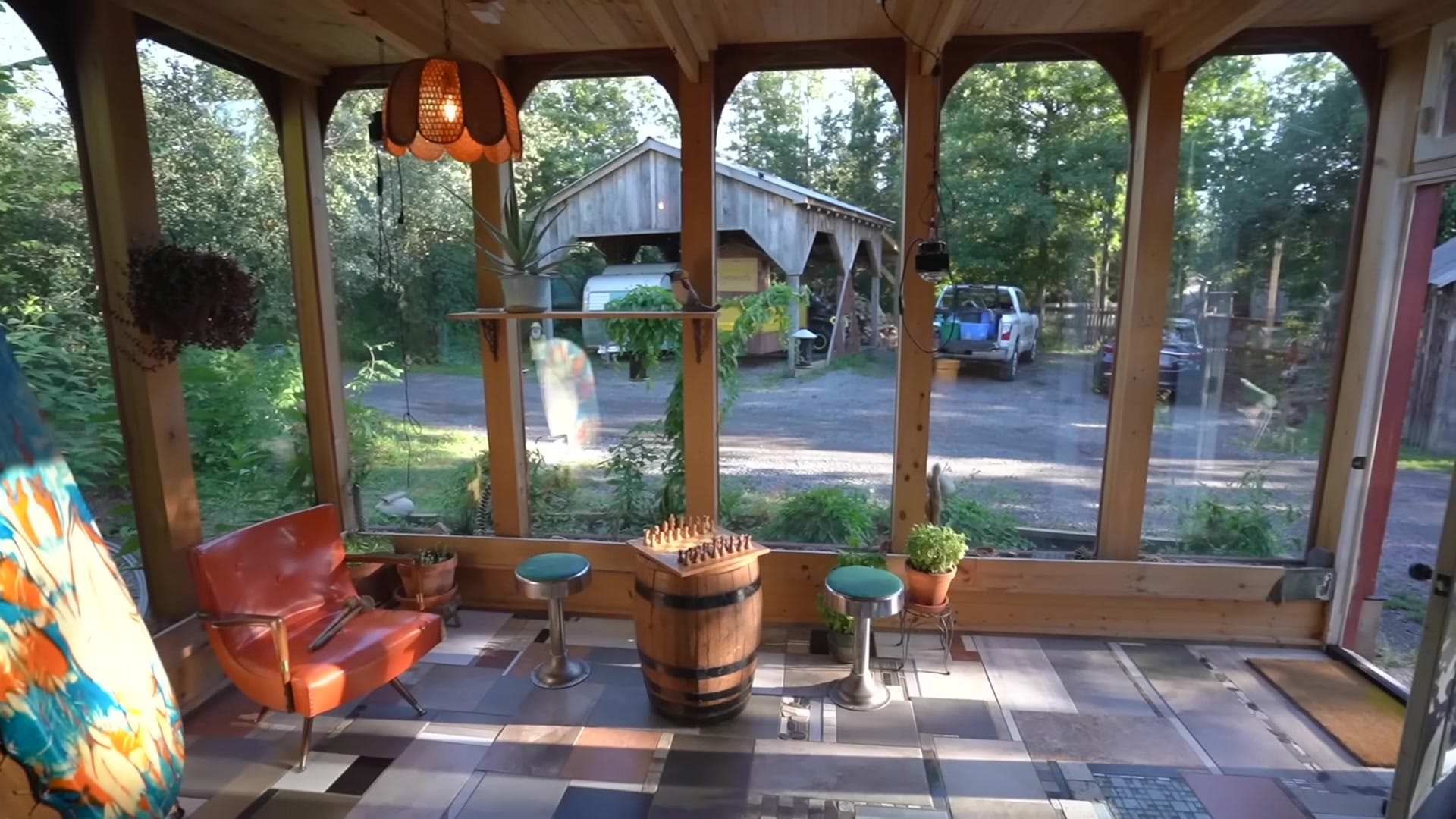
That room doubles as a winter garden; LED grow lights add about 12 hours of reliable light when needed.
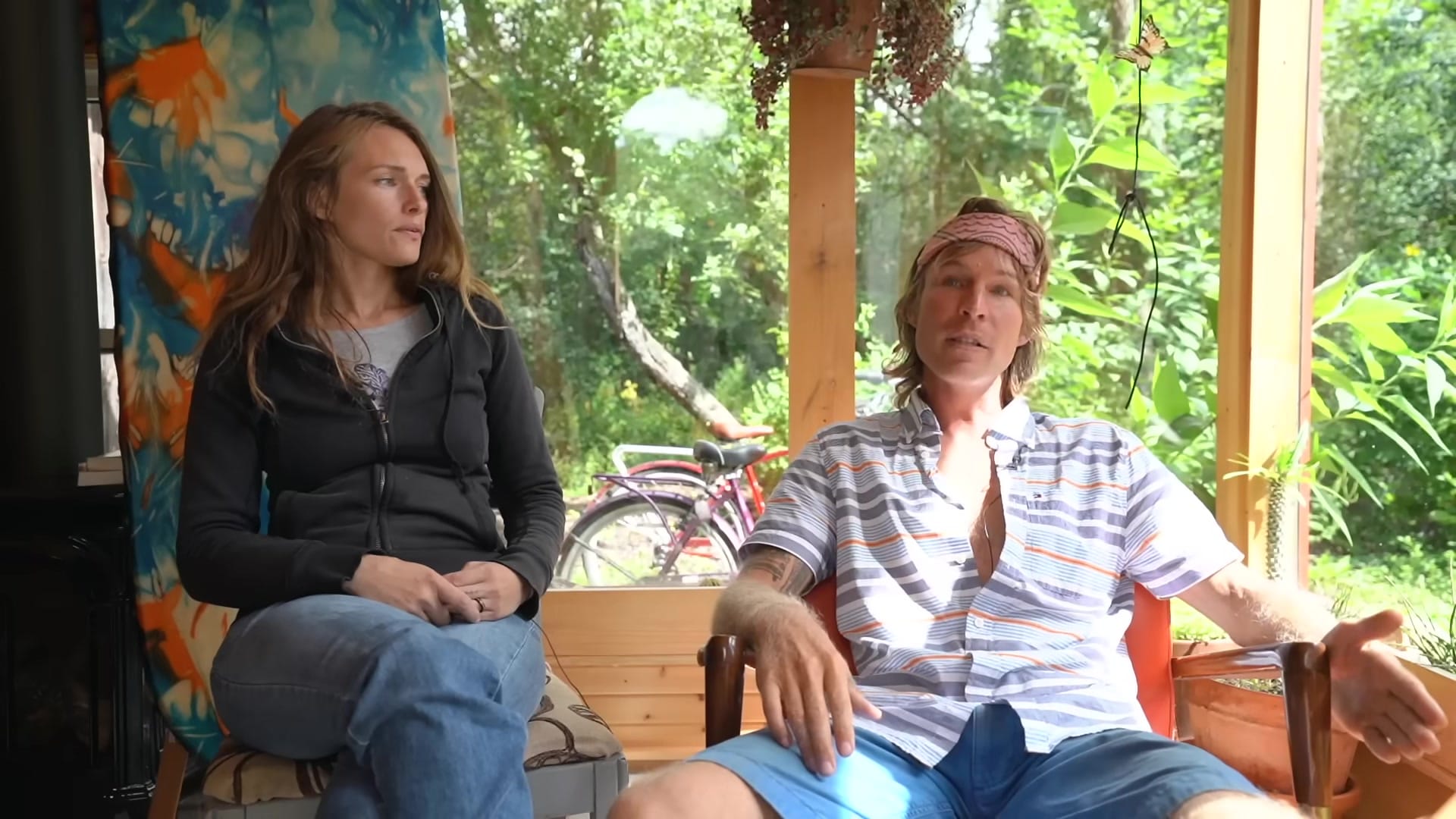
Indoor-grown greens and seedlings keep the kitchen full through the cold months.
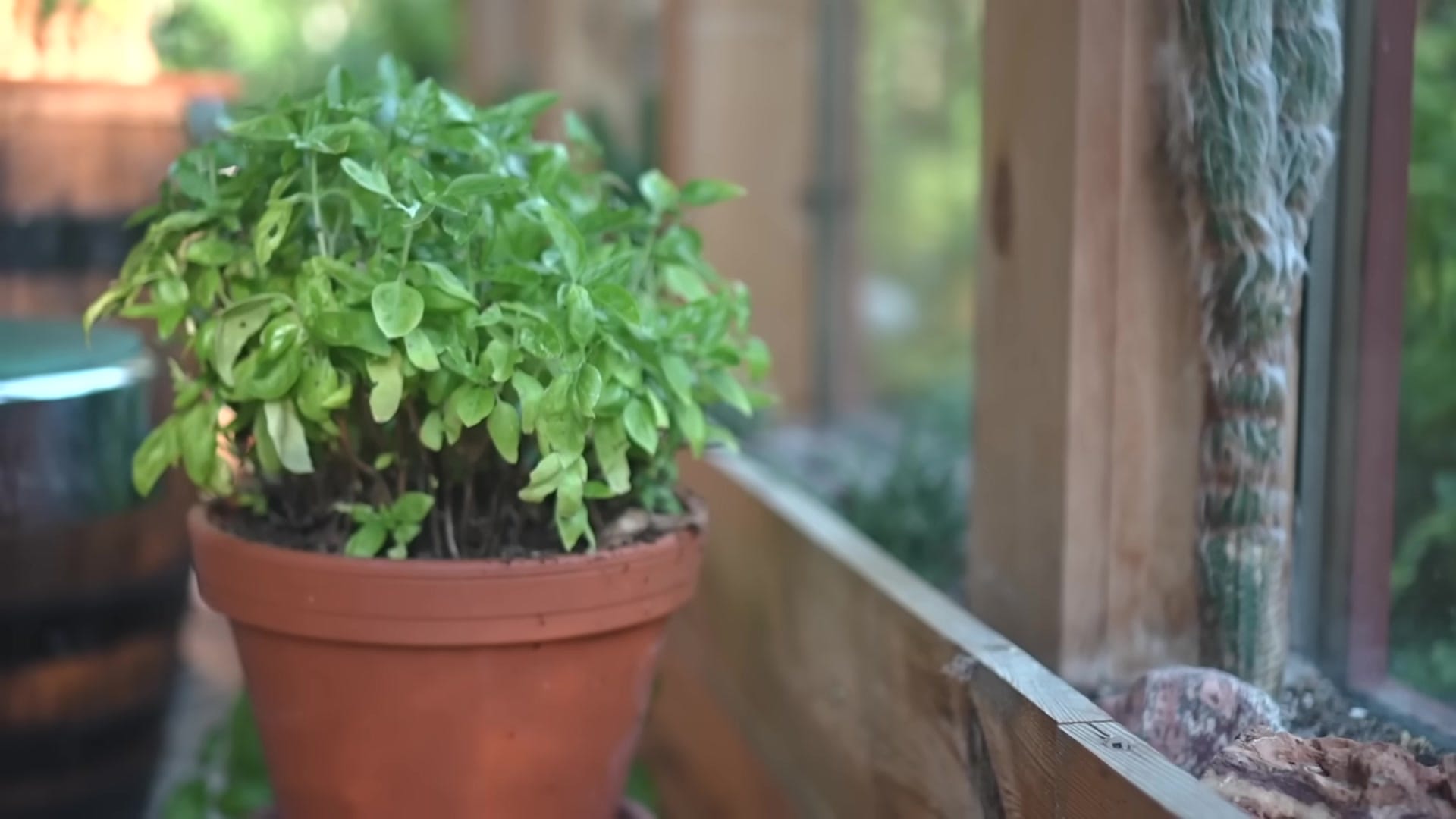
(There’s also a closed bathroom with a bottle wall that brings color and light to a small space.)
Food, Work & Lessons — Gardens, Animals, Income, and What They Learned
The land produces vegetables, meat, milk, honey and even grapes for juice and wine — they call themselves rich in food.
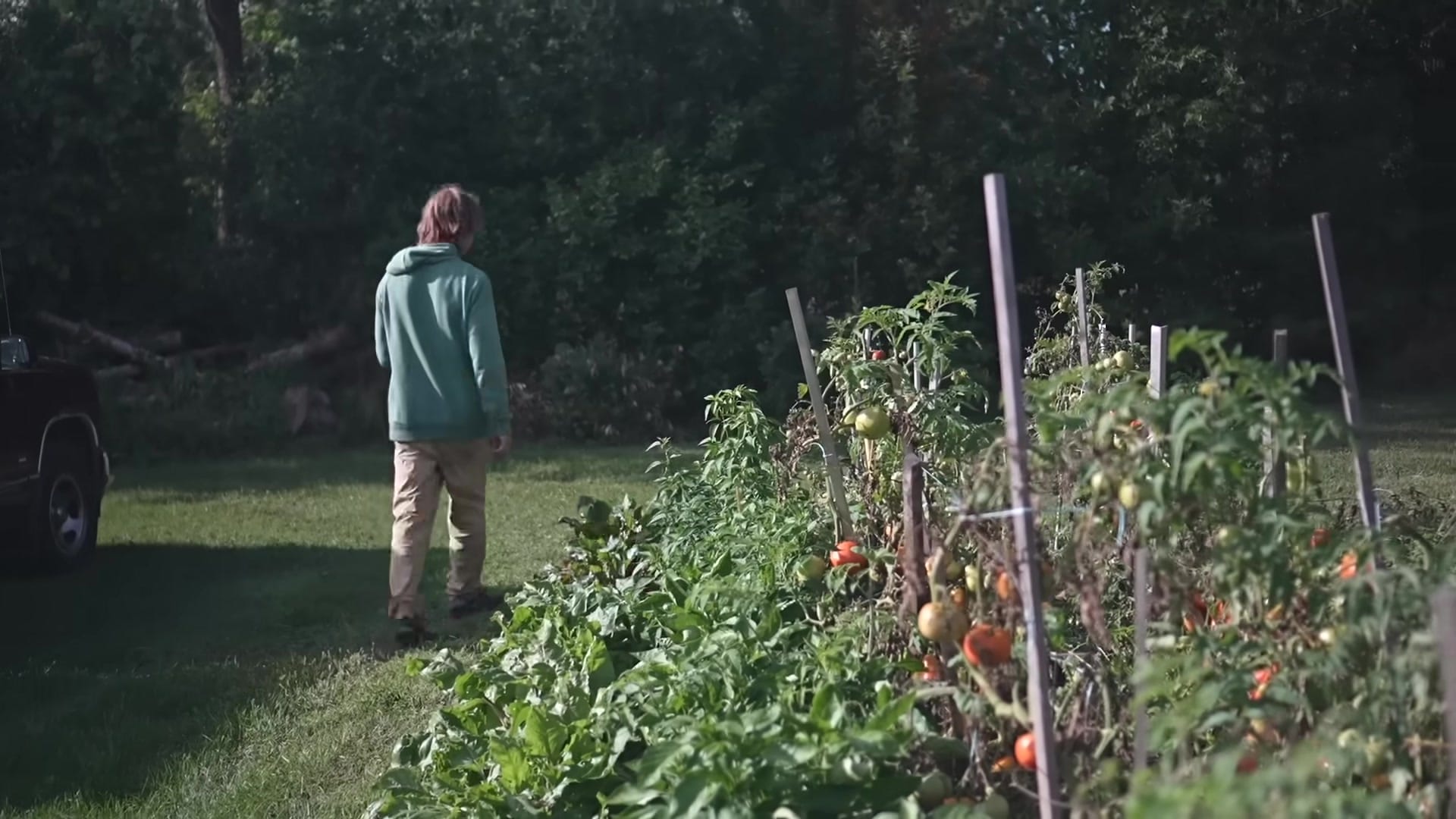
Egg layers, on-site butchering, and seasonal preserves make the pantry look impressive by late summer.
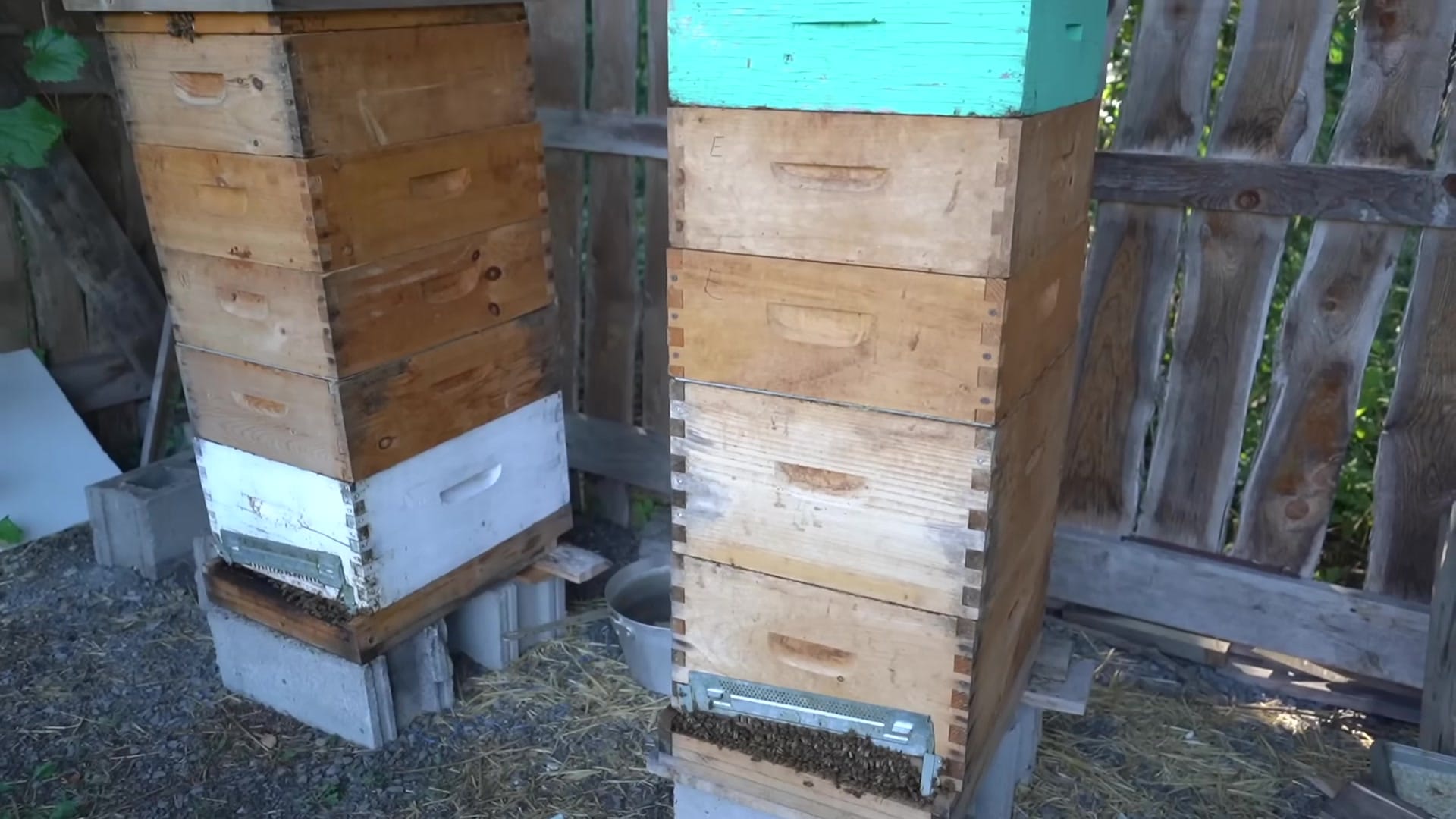
Three communal gardens grow corn, raspberries, potatoes, tomatoes, peppers and more for the group.
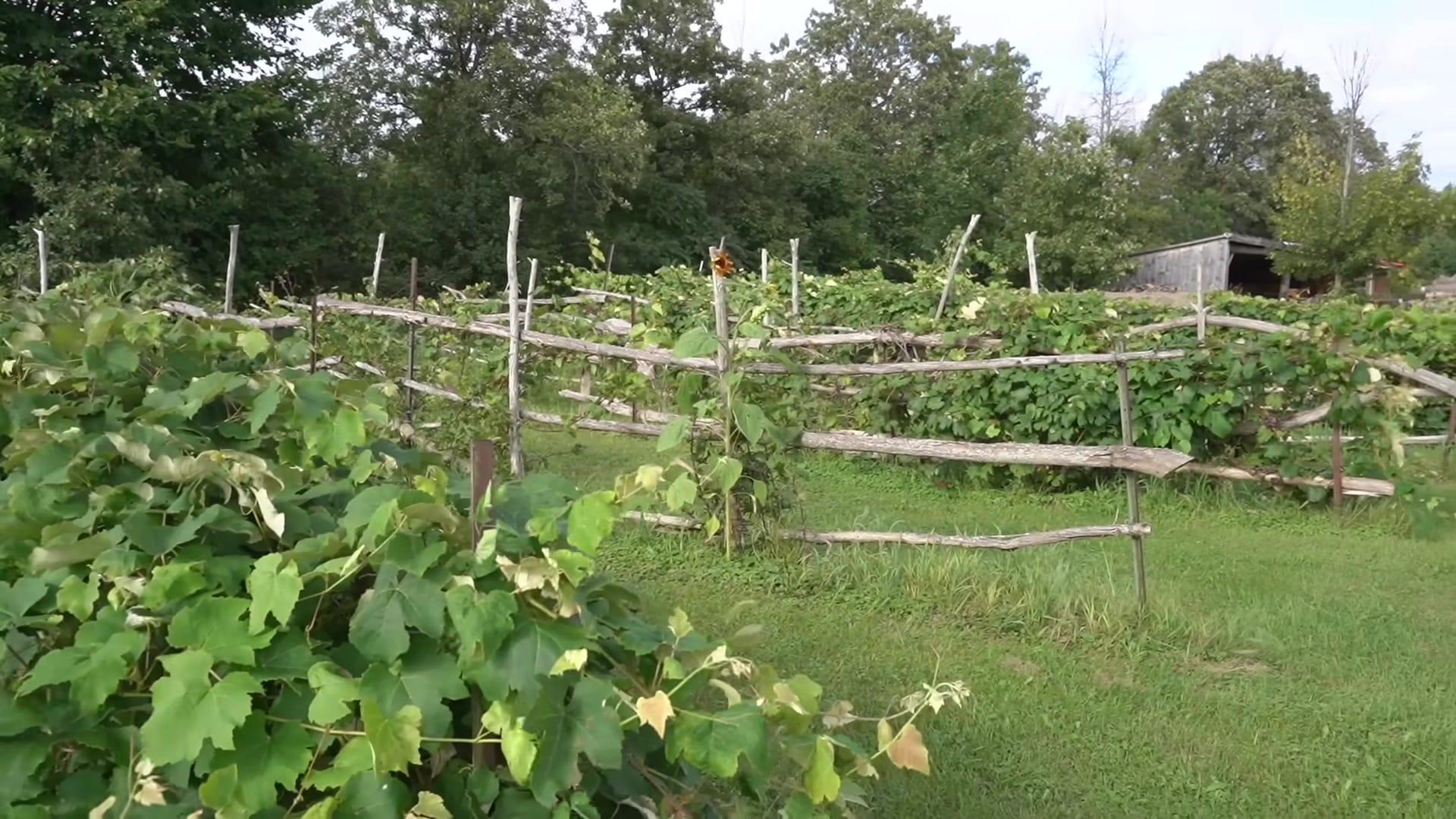
Mushrooms get grown on inoculated logs, so picking gourmet fungi becomes a backyard treat.
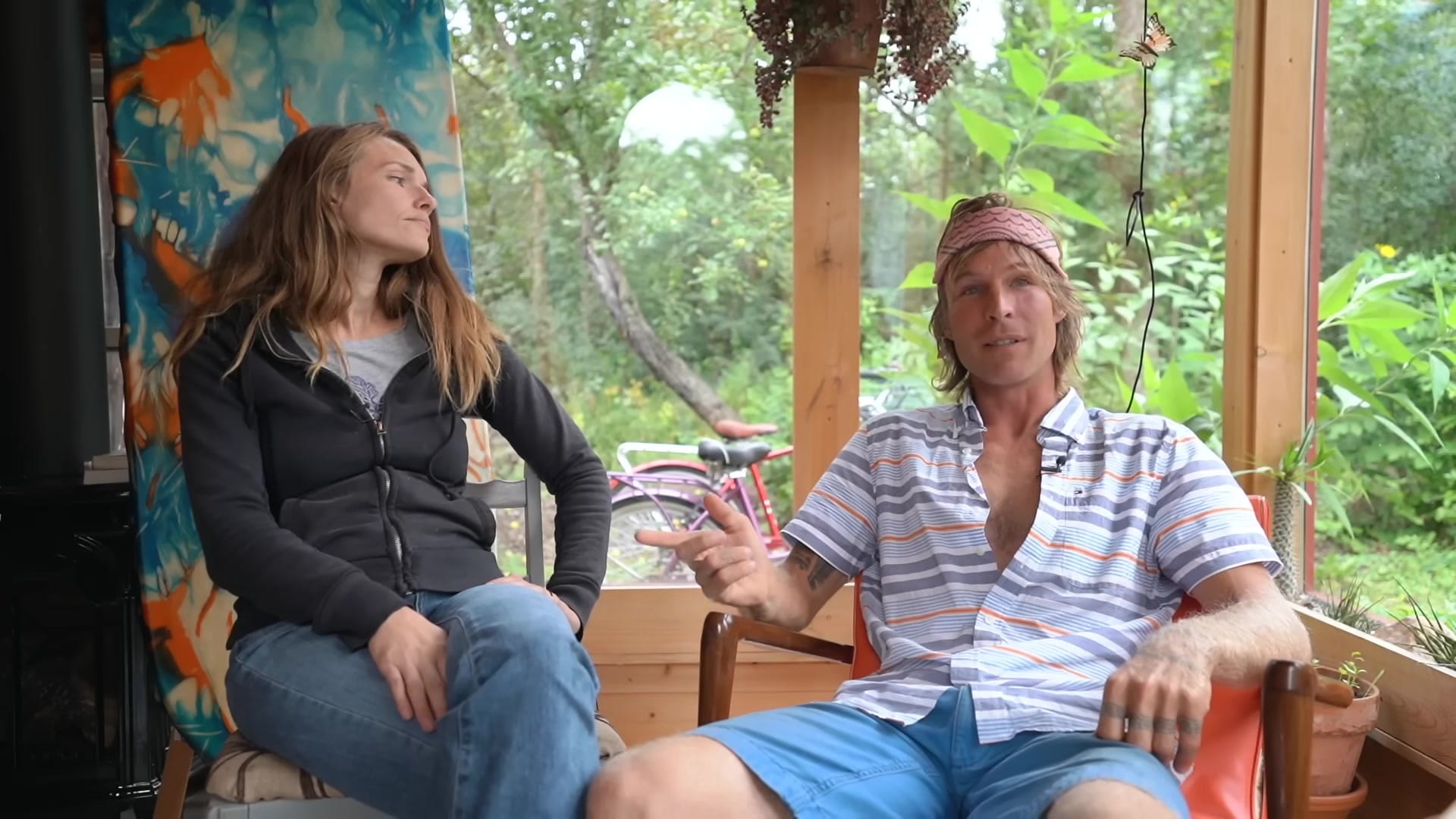
A tree service pays the bills and made the cabin project feasible, and an off-grid Airbnb now brings extra income.
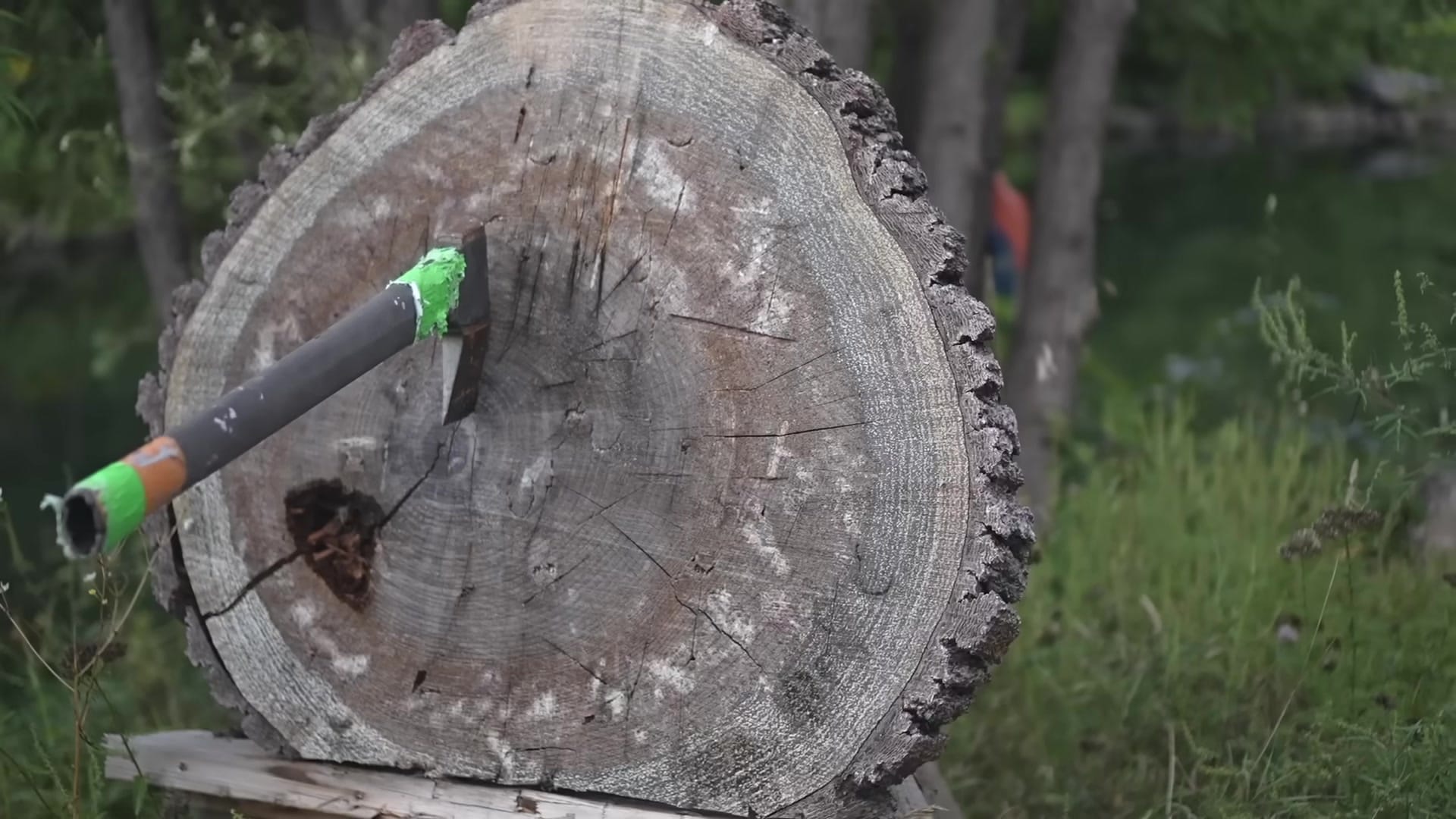
After 14 non-stop years they’ve learned that simple living still means constant troubleshooting — and that the small conveniences (warm tap water, steady heat, food on the table) feel huge.
